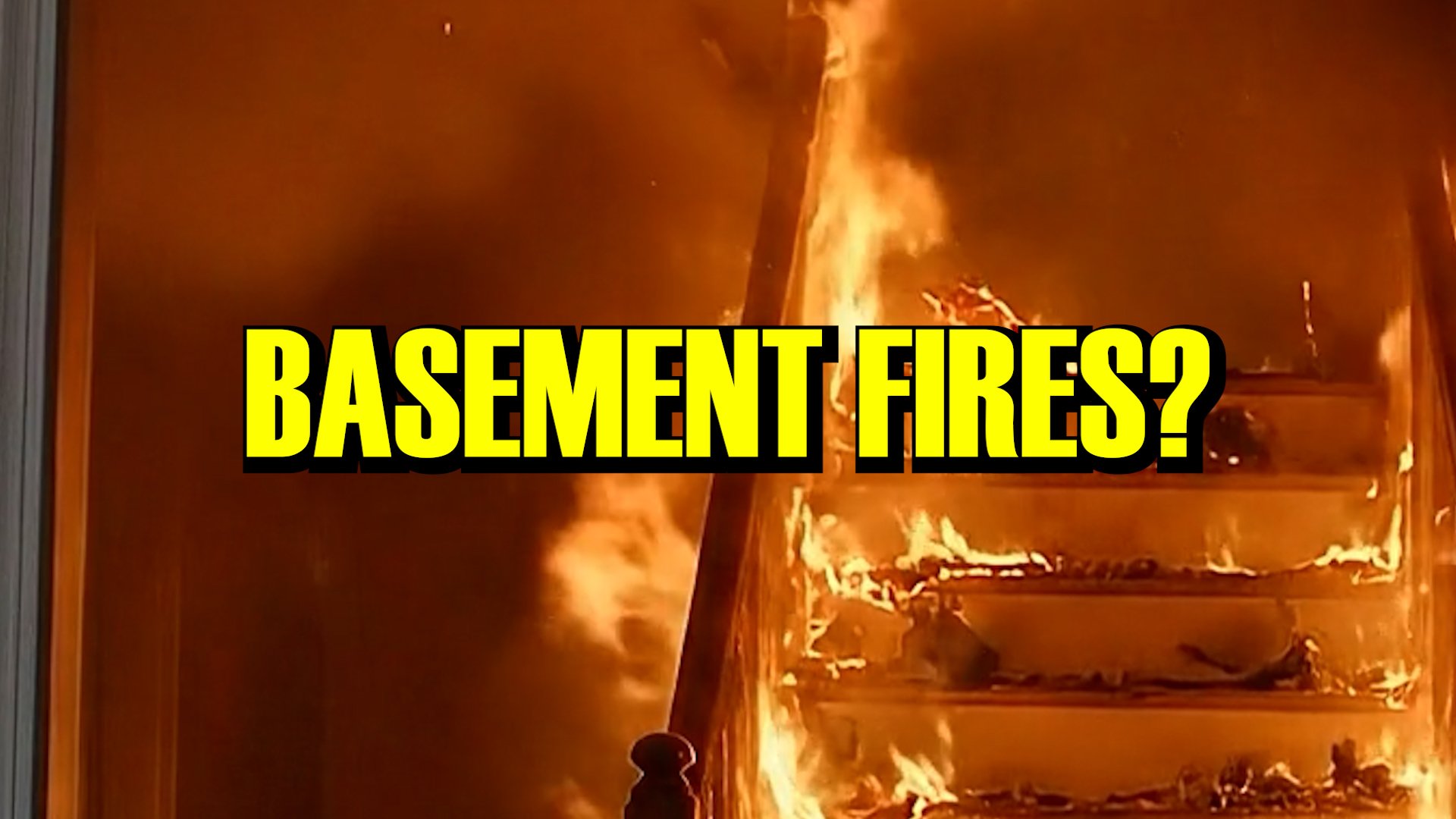Summary: Firefighters in an active online discussion shared real-world insights on basement fires — from the debate over nozzle choice to whether to vent early or hold off. Common themes include protecting the stairs, crawling low and fast, and using different tools when conditions prevent a direct attack. The conversation highlights just how dynamic and high-risk basement fires can be — and how much experience shapes the tactics used.
What Firefighters Are Saying About Basement Fire Tactics
Basement fires bring the heat — literally and figuratively. In a recent social media thread, firefighters from across the country weighed in on what works, what doesn’t, and what they’d tell the next generation about facing fire below grade. The responses show just how varied the experiences and approaches are, especially when the job gets dirty fast.
The Stairs: Lifeline or Death Trap?
One of the most echoed thoughts in the thread was the importance of protecting the stairs. Many firefighters pointed out that the stairs are often the only way in — and out — making them a critical element of any basement operation. Some suggested flowing early on the stairwell to cool it, while others talked about using tools like Halligans and chainsaws to reinforce or expose safer access.
What Gets Ventilated — and When — Is Up for Debate
The vent-first vs. water-first debate showed up early and often. Some in the discussion emphasized getting a vent going through a window or breach point before committing to entry. Others countered that venting without water on the fire can lead to flashover conditions. As one commenter put it, “Vent only after water’s on the fire — these are the hottest fires we fight.” That line sparked plenty of back-and-forth.
Smooth Bore or Fog?
The nozzle debate was alive and well, especially with TFT’s 7/8" Smooth Bore and ThunderFog in the mix. Firefighters in the discussion suggested that smooth bores bring more reach and flow, while narrow fog patterns offer control and steam conversion benefits — especially when checking stair conditions on entry. Some mentioned using one to assess and the other to attack. Others swore by one nozzle type exclusively.
Tools Like the Bresnan Still Have Their Place
The cellar nozzle made several appearances in the thread. Some firefighters talked about punching a hole through a bandboard and dropping a cellar-style nozzle to knock down the fire before even considering stairs. In situations where interior access is compromised or risky, this old-school tactic got a surprising amount of love. The TFT Transformer nozzle is a tool that many firefighters use in void spaces, attics and other piercing situations.
A Mix of Humor, Experience, and Hard Truths
Beyond tactics, the conversation showed how firefighters lean on each other’s stories to learn and connect. There were shoutouts to lessons learned the hard way, shout-downs over nozzle selection, and one firefighter who joked about rolling a 5" line down the stairs and flooding the whole basement. The thread blended gallows humor with grounded advice — a familiar combo in the fire service.
Still Plenty to Talk About
The variety of approaches and opinions only underscores how complex basement fires are. There’s no one-size-fits-all tactic — only experience, adaptation, and what works in the moment. Whether you’re team smooth bore or fog, pro-vent or hold-off-until-water, it’s clear this is a topic that still gets firefighters fired up.
What do you think? Drop your go-to moves or stories from basement fires in the comments — or call out what you disagree with. This one’s far from settled.



Comments